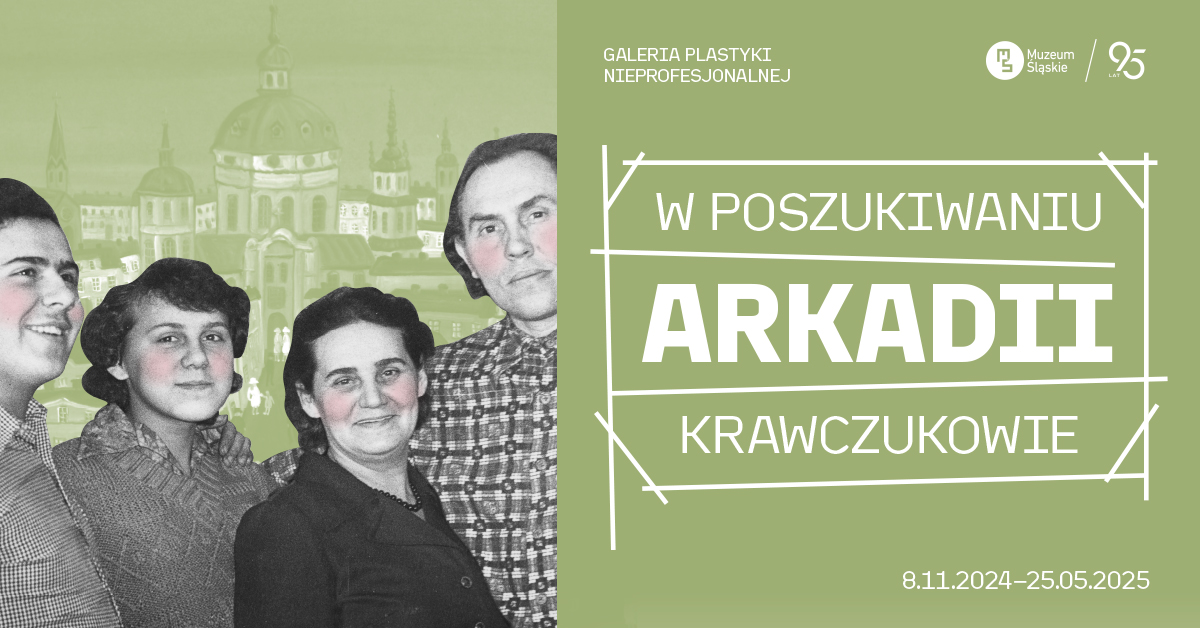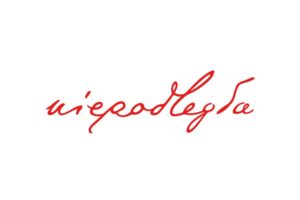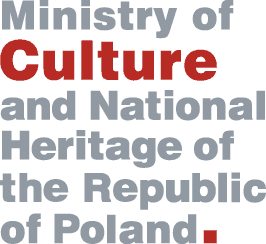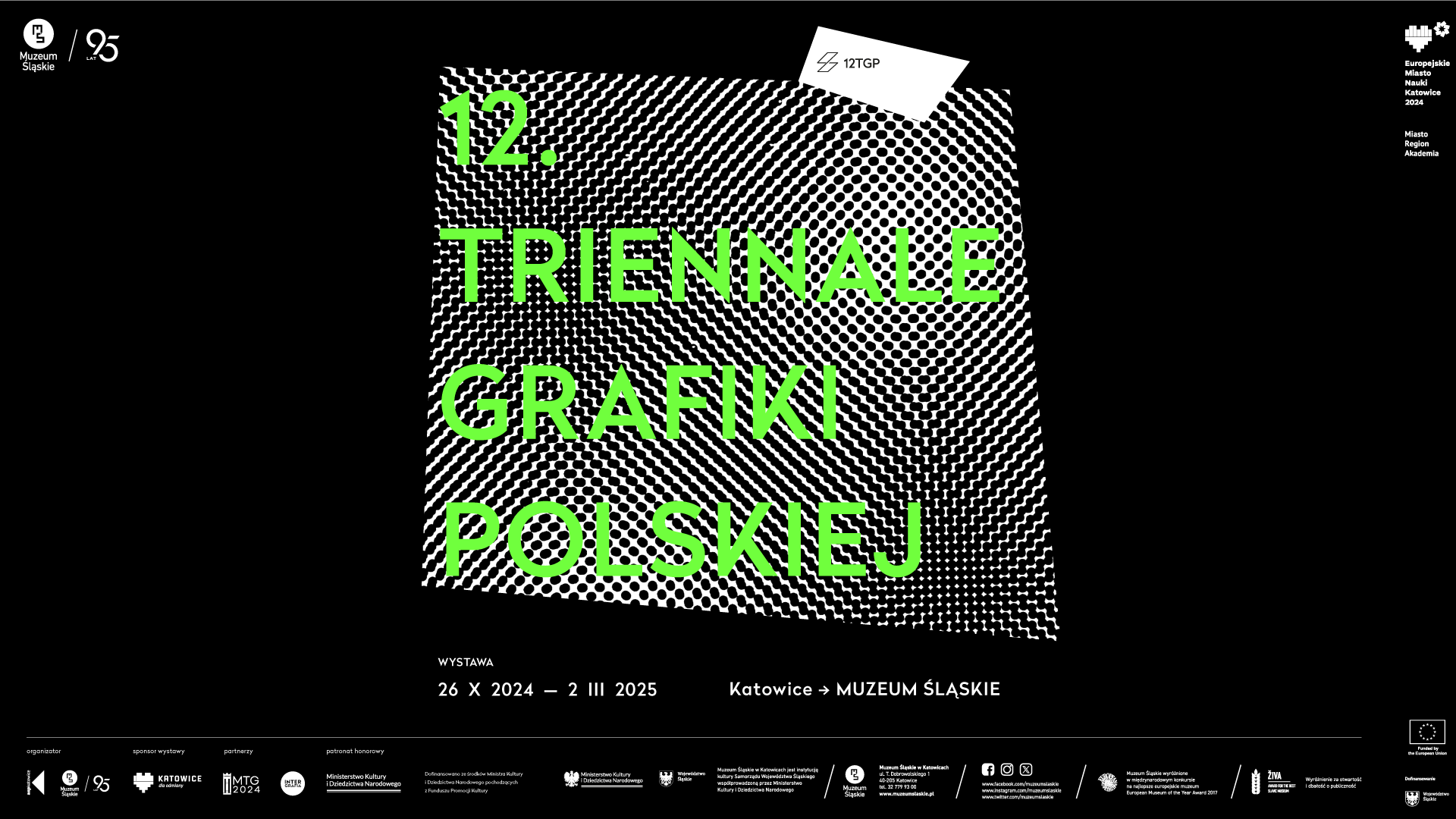Unforgettable. Women during the uprisings and plebiscite in Upper Silesia
- 9 kwietnia, 2019
- Kategoria: Archiwum wystaw
Insurgents, regardless of the time of events, are always a very masculinized group. When we refer to Silesian insurgents, we also mean mainly men. We still do not know their numbers. According to various data, it is estimated that there were 40,000 to 60,000 insurgents. However, the latter number should rather be assumed (front and stage forces combined). Among them, only a small percentage were women – the latest research says that they constituted about 2–3 percent.
It would seem that they constituted the majority of sanitary forces, but this group was dominated by men, who gained the practice in this service on various fronts during the military operations in the years 1914–1918. The same applies to couriers (mainly boys and young men), telegraphists and telephone operators, war veterans with special military education in this field. Also in insurgent troop staffs (front and home front), administrative office forces were composed by men. Through military service and professional work, they spoke German better than women (naturally, this refers to the households where only the dialect form of the Polish language was used). The Frenchmen were often contacted by Haller’s troops who spoke French at least at a basic level.
In fact, it is not known where women constituted the majority; certainly among the Polish Red Cross sisters (exclusively), among needlewomen sewing armbands, doing laundry, cleaning, typing (although there were also men typing) or cooking (it seems that insurrectionist field kitchens were not attended to by women, but men).
And yet, we find women in every form of insurgent and plebiscite activity. They fought with weapons in their hands (a marginal and episodic phenomenon, sometimes perhaps even legendary), dug trenches, dressed wounds and looked after the wounded, performed broadly understood office tasks, were couriers, operated telephones and telegraphs, washed, cooked, cleaned, sewn armbands, they were translators.
They became known as an extremely devoted, responsible, well-organized and disciplined group, and many praises were directed at them. It should be emphasized that their authors were primarily men, because they were mainly their superiors, they sat in commendation committees and boards of insurgent organizations.
We must also remember about wives, mothers and sisters who were actually responsible for the care and providing for families when men were at work, fighting a war, in uprisings, and later during World War II, in exile, in prisons and concentration camps. This exhibition presents these women. The objects presented on it come mainly from the collections of Muzeum Śląskie in Katowice, as well as other museum facilities in the region (Chorzów, Gliwice, Katowice, Racibórz, Ruda Śląska, Rybnik and Zabrze) and private collections of descendants of Silesian insurgents.
An “Insurgents hideout” escape room will be a part of the exhibition.
Curator of the exhibition: Paweł Parys, PhD
Cooperation: Magorzata Paul
Escape room: Dawid Keller, PhD
Unforgettable. Women during the uprisings and plebiscite in Upper Silesia
3.05.2019 – 5.01.2020
Muzeum Śląskie, T. Dobrowolskiego St., Katowice / Centre for Polish Scenography
Opening: 2.05.2019 / auditorium
Co-financed by the Ministry of Culture and National Heritage of the Republic of Poland as part of the Multi-annual Programme NIEPODLEGŁA 2017–2022.
Pozostałe Archiwum wystaw

W poszukiwaniu Arkadii. Krawczukowie
8.11.2024-25.05.2025
przestrzeń wystaw czasowych na poziomie -2





